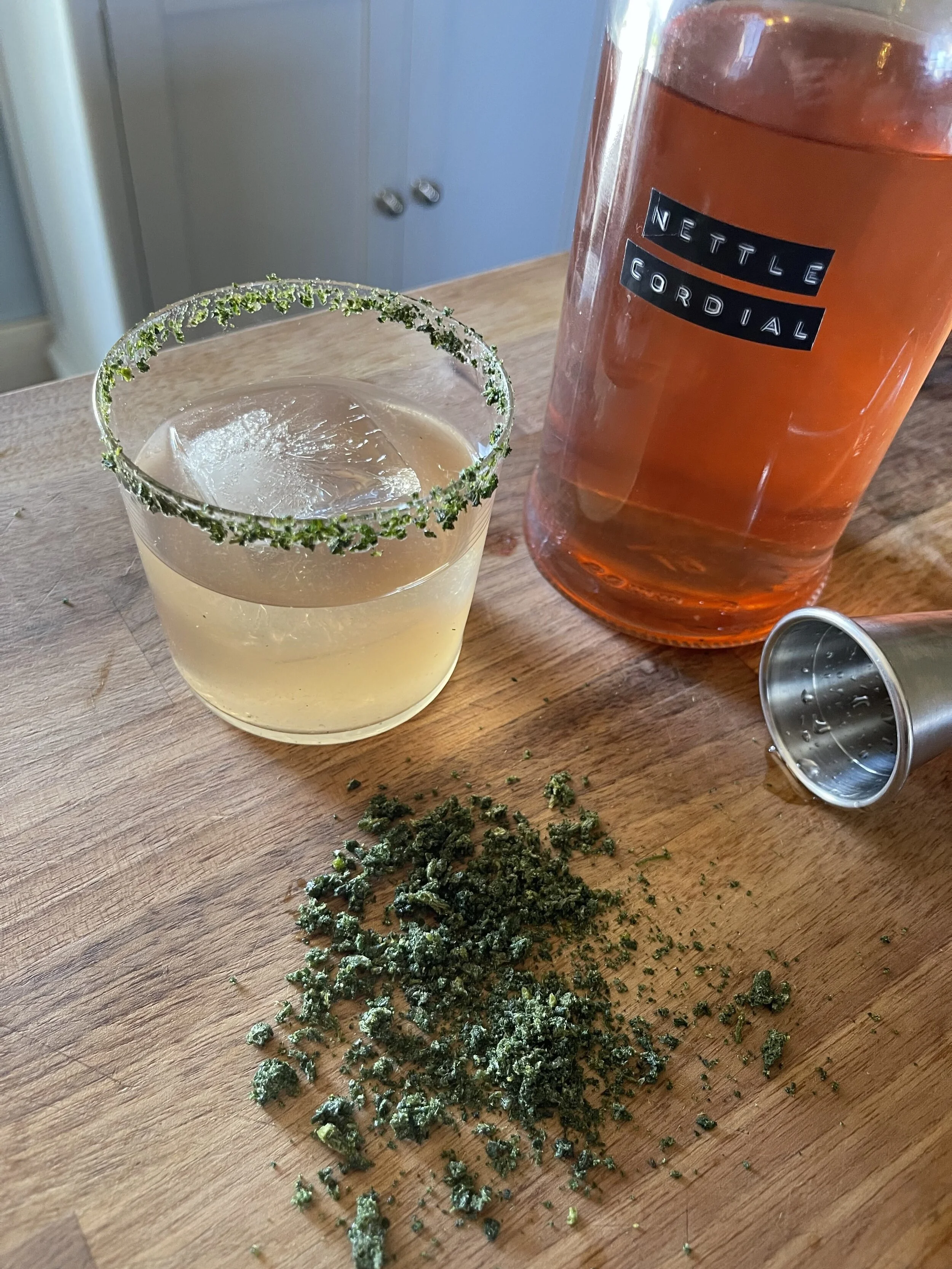Interview: Leanne Townsend, Wild Food Stories
We chatted to the lovely Leanne Townsend, a social scientist by trade, who runs Wild Food Stories, which offers courses, workshops and interactive foraging events throughout Scotland. Leanne also runs workshops on wild food preservation, wild booze and the role of foraging in environmental and human wellbeing.
Interested in getting started with foraging? Have a look at our spring foraging guide, to help you get started on your wild food journey, and check out Leanne’s top tips and advice, below.
How would you describe foraging in three words?
Immersive, adventurous and wonderful.
What should we be looking out for at this time of year in Scotland? (April/May/June)
This is the time of year to be looking for spring/early summer wild greens, and the blossoms/early edible flowers. Favourite greens include nettles and wild garlic. The wild garlic is getting past its best in some parts of Scotland now, but the flower buds make great pickles, and the flowers themselves are fabulous garnishes (on savoury dishes – their garlicky flavour doesn’t work too well on desserts!).
Hogweed shoots are a forager’s favourite too. I’ve been making almondy cordials with cherry blossom, which I use in drinks and as a drizzle on pancakes, cakes and puddings. And I’m really looking forward to the elderflowers for cordial and crispy fritters to eat with ice cream – an all time favourite!
What’s your favourite foraged ingredient to cook with and why?
This is an impossible question for a forager to answer – each season brings with it a host of delights and it’s impossible to narrow the list down to just one. But my first foraging love is for wild mushrooms, and when mushroom season arrives I’ll head off into the forests for days at a time. They’re a joy to forage for and absolutely delicious to cook with.
What advice would you give someone who’s new to foraging?
Safety is the first consideration for all foragers, whether you’re new to foraging or a seasoned forager with years under your belt. The number one rule is if you don’t know what it is (as in, 100% certainty), don’t eat it – and definitely don’t feed it to anyone else! Check your identification features across several sources including books and websites. Facebook groups can be supportive and helpful with reaching an ID, but remember that people can sometimes get things wrong – so don’t trust everything you’re told online!
This advice isn’t designed to put you off; with some research and a sound approach you’ll be safely foraging delicious foods in no time. Take new species one at a time, and start with easy-to-identify species like nettles and dandelions. Then build it slowly from there!
Has foraging and a connection to nature helped you through lockdown?
Foraging is my number one activity to bring me peace of mind and a sense of wellbeing. Foraging allows you to be in nature and connecting with it on a very deep level – it requires that you understand and pay attention to your environment. It takes you away from the everyday stresses and brings you into the moment, observing the natural rhythms and patterns around you.
Through lockdown, more and more people have been looking for new ways to connect with nature; perhaps due to an innate sense that this is what we need to boost our mental and physical wellbeing. Foraging has seen a huge boom in popularity – long may it continue.
We couldn’t agree more. Check out Leanne’s website Wild Food Stories, which is packed full of ideas, advice and guidance, and her Instagram @wildfoodstory for more inspiration. We’d love it if you tag us in your photos if you head into the woods for some foraging!
*banner photo: Smoke and Stingers by Wild Food Stories
Leanne’s very tasty looking leftovers lunch: wild lentil salad with wild garlic pesto potatoes, hogweed shoots, pickled wild garlic buds and soft boiled home-laid eggs, with ground ivy and dandelion petals
Leanne’s beautiful candied nettle crisps, which she crushes for the rim of her “smoke and Stingers” cocktail - yum!
photo credit: Siobhan Ogg




